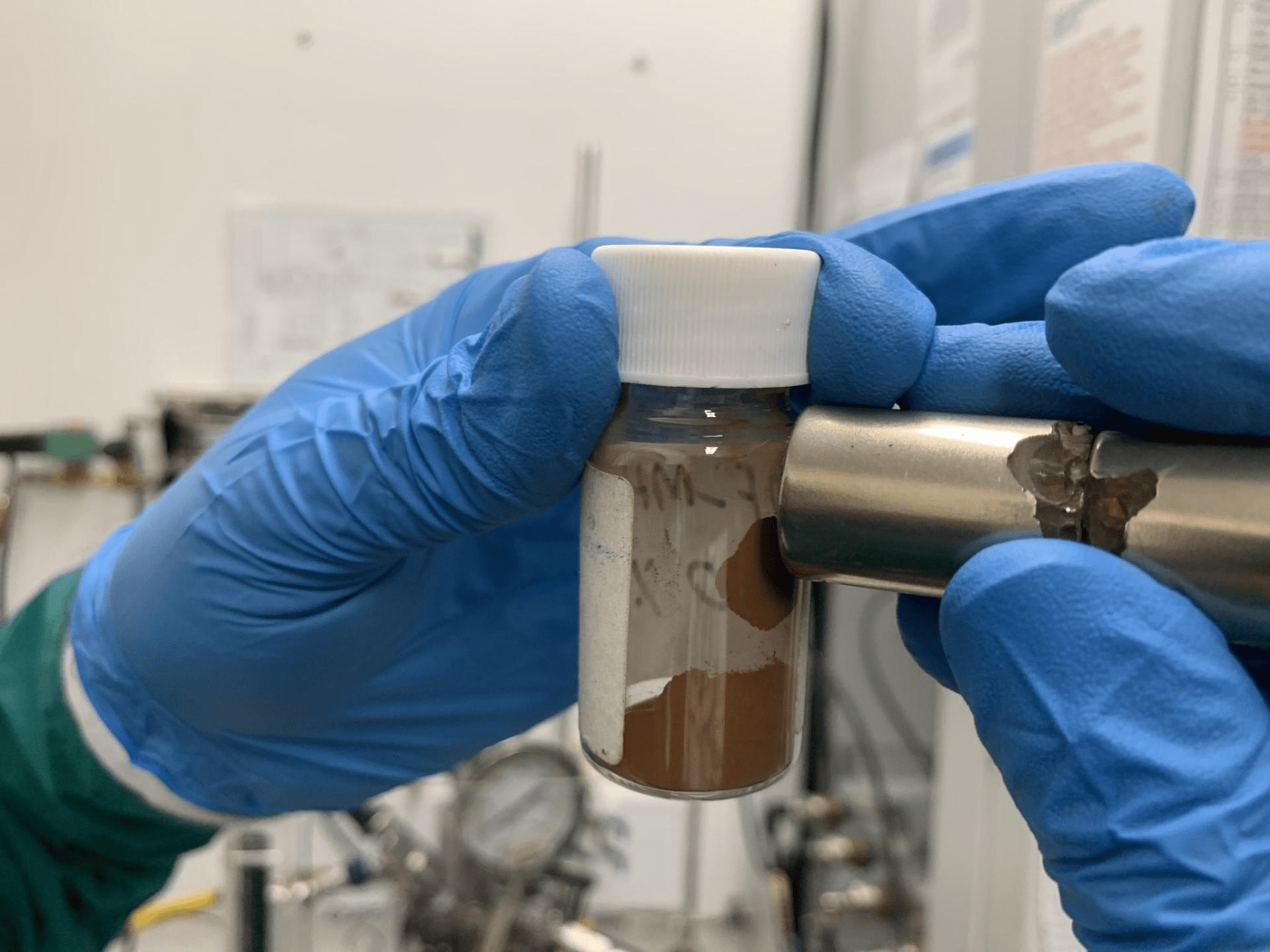Rather than trying to filter microplastics from wastewater, a team at Australia’s RMIT University are hoping to capture them using an absorbent powder. On its own this might leave us with nothing more than slightly larger particles to filter out. However, the authors have changed the game by making the powder magnetic.
Just how damaging microplastics are to animals or people who ingest them remains debated, but it’s unlikely the flecks of plastic we are consuming with our diet are doing us any good. Some of these microplastics form when larger items such as dumped bottles or fishing nets break down in saltwater. However, a lot of it currently escapes through wastewater, for example from washing clothes.
Unfortunately, the ‘micro’ part of microplastics means they currently slip through filters. Making the holes in the filters smaller can catch more microplastics, but at the cost of slowing throughput to an unfeasible extent. In the new study, PhD student Muhammed Haris, Professor Nicky Eshtiaghi and co-authors describe their alternative.
When the high surface area powder is added to microplastic-laced water, it captures even tiny pieces of plastic with close to 100 percent success. On passage through a magnetic field the powder is attracted to the magnet, bringing the plastic along for easy removal.
“Our powder additive can remove microplastics that are 1,000 times smaller than those that are currently detectable by existing wastewater treatment plants,” Eshtiaghi said in a statement.
If this was the end of the process it would probably be prohibitively expensive, and disposal of the powder-plastic mix might bring its own challenges. However, Eshtiaghi told IFLScience that on washing in ethanol the plastic is released. “We showed the powder can be reused six times without loss of efficiency,” Eshtiaghi said. The team don’t know how many more times is possible because they didn’t test further, but expect the number to be large.

Just by placing a magnet against the glass, the team can draw up the powder and attached plastics against the force of gravity. Image credit: RMIT University
“This whole process takes one hour, compared to other inventions taking days,” Haris said.
What to do with the captured plastic remains an unsolved question. “Enzymes that decompose it to non-hazardous material,” is one option Eshtiaghi proposed to IFLScience. Hard as it is to believe for those unfamiliar with the idea, bacteria can convert common microplastics into vanillin, the molecule responsible for vanilla’s dominant taste and entirely safe to eat. Not all plastics offer such sweet solutions, but Eshtiaghi notes this as a possibility where appropriate.
Although testing in real-world conditions is required, Eshtiaghi expects the process to be highly compatible with existing waste treatment plants. “We tested it in a range of temperatures and pH conditions,” she said; the process worked in all of them. Her focus now is on making the powder cheaper to produce and simpler to use.
A technology like Eshtiaghi is proposing could never address plastic that reaches rivers or oceans through paths other than sewage and stormwater. However, she told IFLScience she hopes that by addressing a substantial portion of the problem, space will be made to tackle other sources in different ways.
The paper is published in the Chemical Engineering Journal.
Source Link: Magnetic Solution To Microplastics Crisis Works In Hours Not Days